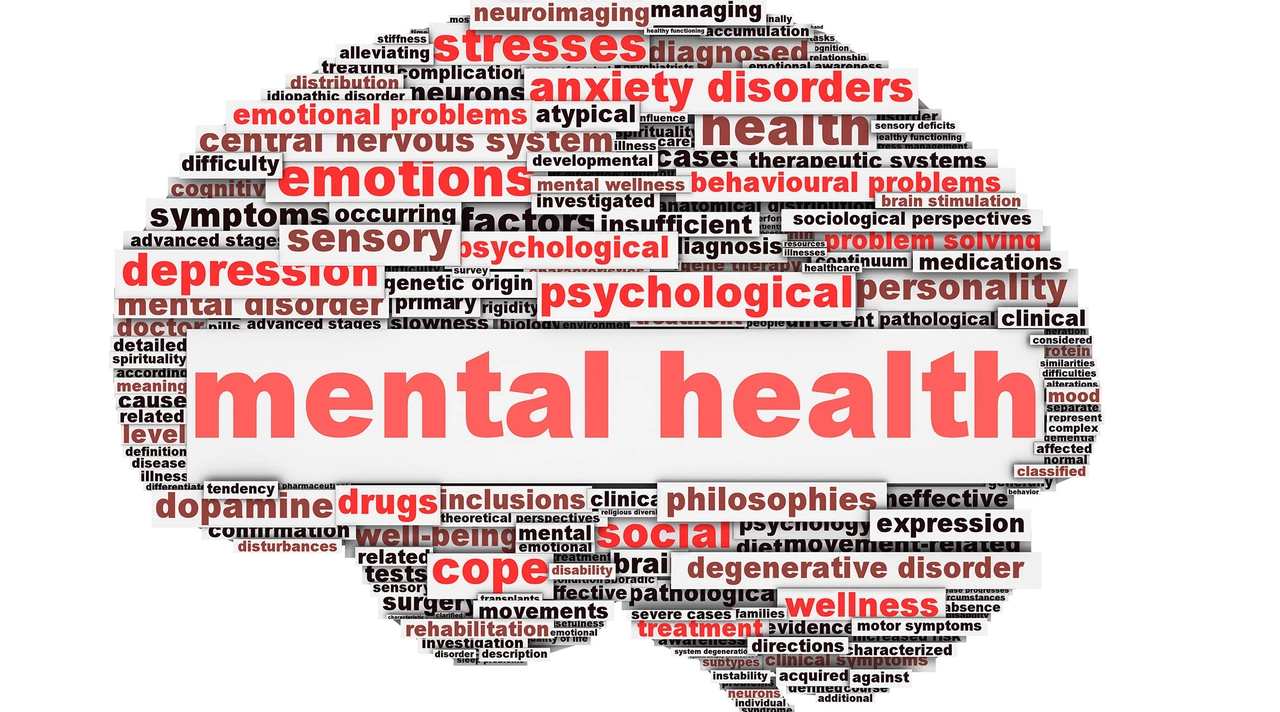Living With: Practical Day-to-Day Tips for Managing Chronic Conditions
Living with a long-term condition changes how you plan each day. The goal isn’t perfection — it’s small routines that keep symptoms calmer, meds on track, and stress lower. Read these simple, practical moves you can use right now.
Medication & appointments
Make medicine easy to follow. Use a pillbox, set phone alarms, and keep an up-to-date medication list with doses, timing, and why you take each drug. Bring that list to every appointment so your doctor or pharmacist can check interactions and suggest safer alternatives. If costs or access are a problem, check guides on buying meds online safely and affordable inhaler alternatives for COPD — they explain how to pick legit pharmacies and save money without risking safety.
Keep one calendar for refills and appointments. Ask your pharmacy about automatic refills or mail-order delivery to avoid missed doses. When considering a new drug, read plain-language articles about common meds like Motrin or Plavix so you know what to expect and what to watch for.
Daily routines, flares, and tools
Create a short daily routine for sleep, movement, and food. Track symptoms and possible triggers in a simple app or notebook — do this for two weeks and look for patterns. For flare-ups, write a one-page action plan: what meds to take, who to call, and when to get urgent care. Pack a small flare kit with your meds, water, a copy of your med list, and phone numbers.
Combine medicine and non-medicine tools. For pain, know safe OTC options and when to skip them. Try stretching, heat/cold packs, or topical treatments before increasing doses. If nerve pain isn’t controlled, read about alternatives beyond gabapentin so you can discuss options with your clinician. Small pacing changes — shorter tasks with breaks — often ease symptoms more than pushing through.
Nutrition and movement don’t have to be dramatic. Aim for steady protein, vegetables, and enough water. Swap one snack for fruit, add a 10-minute walk after meals, or try brief daily strength moves at home. These tiny changes add up and can cut symptom frequency.
Mental health matters. Tell a trusted friend or family member about your care plan so they can help on bad days. Practice a two-minute breathing break when anxiety spikes. If worry or low mood lasts more than two weeks, reach out to your healthcare provider — mental health support helps you stay on top of physical care.
Use tech and trusted info. Apps can track meds, symptoms, and appointments; cloud folders keep medical records handy. Before buying meds online, confirm pharmacy credentials and compare prices using reliable guides. Read clear articles on drug costs, safe buying, and alternatives to common prescriptions to make smarter choices with your care team.
Make plans simple, share them with your team, and update them when things change. Small habits repeated every day make living with a chronic condition easier and more predictable.

The Psychological Effects of Living with Bone Damage
Living with bone damage has a significant impact on our mental health, as it often leads to chronic pain and limited mobility. This can cause feelings of frustration, helplessness, and isolation, as we struggle to perform daily tasks and participate in social activities. Furthermore, the constant pain can disrupt our sleep patterns, leading to increased stress and anxiety. It's crucial to seek professional help to manage these emotions effectively, and to maintain a support network of family and friends who can provide understanding and encouragement during challenging times. By addressing the psychological effects of bone damage, we can work towards improving our overall quality of life.
More Detail